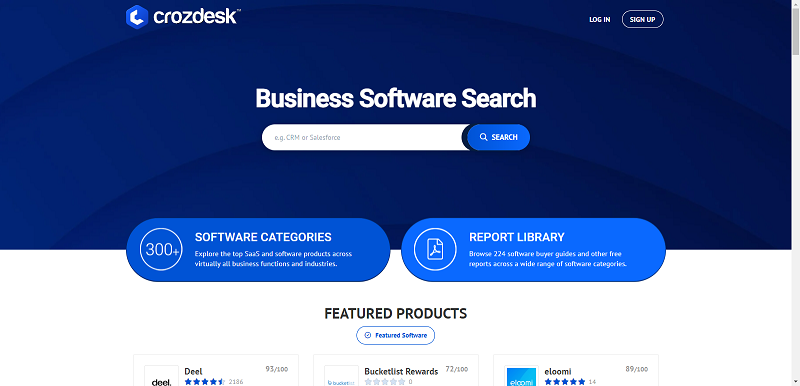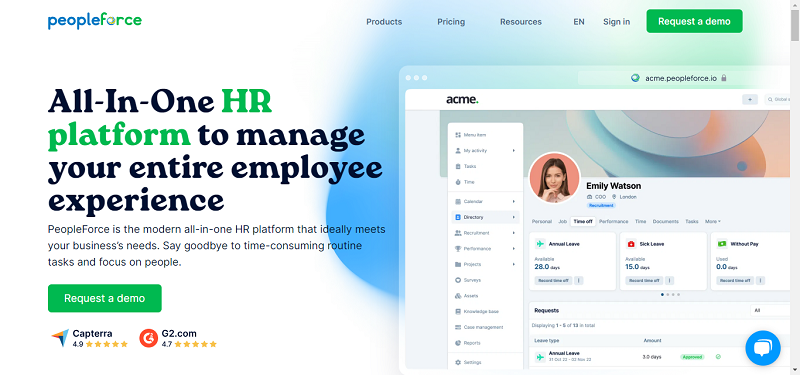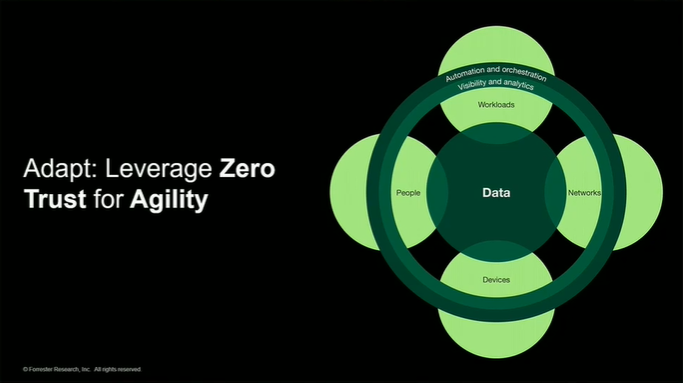The outage this week at Amazon Web Services S3 cloud storage services has created quite a stir, with multi-cloud competitors touting the need for contingency plans in case of such an event. The cost to businesses is potentially in the millions of dollars, and so it’s not surprising that the need for redundancy and the importance of distributing data across several regions has been highlighted. Experts believe multi-cloud implementations, when the correct providers are selected, can be invaluable, and should the appropriate partnerships be effected can result in security-focused and structured deployments.
The hybrid cloud environment that makes use of both private and public cloud setups through various cloud service providers has been gaining popularity, and it’s estimated that the typical organization uses approximately six separate cloud computing services, half private and half public. Such strategies ensure redundancy of infrastructure, hardware, and software, aiding in the management of faults, and further encourage best-route trafficking through networks. Multi-cloud utilization allows enterprises to take the best of each provider and combine these solutions into one maximized multi-cloud solution, essentially enabling the maximization of agility, security, and cost-savings.
Though offering a promising array of benefits to users, multi-cloud executions typically require complex deployment, management, and security as various cloud resources across multiple vendors are put into play. Necessary considerations include workload portability, hybrid management systems, integration, automation, and the skills to use the various cloud platforms. Managed Service Providers offering multi-cloud solutions to their clients certainly have a valuable opportunity should they be capable of handling such complexity, particularly if automated management and monitoring of different environments from a single dashboard is possible. Moreover, the top managed service providers will have proficiencies in both traditional and cloud infrastructures. Aside from the streamlining benefits to clients of such management solutions, managed service providers in the multi-cloud sphere can ensure migration of workloads between several private and public environments are handled efficiently while providing a single point of contact should anything go wrong.
Vendor lock-in, data center failures, and bandwidth glitches can leave businesses and their clients severely frustrated; applications that are consistently down reflect poorly and will likely send customers to an organization’s competitors. As such, multi-cloud providers insist that allowing any critical data or application to depend on just one cloud provider is a recipe for disaster. Furthermore, such single-cloud provisions put all of the power into the hands of the service provider who understands that negotiations and disagreements are likely to negatively affect users far more than their own businesses.
Compliance issues and data sovereignty are also encouraging multi-cloud adoption since there’s no set of global rules governing cloud services and thus operating cross-border can be a nightmare of disparate rules and regulations leaving organizations open to exposure. Typically, storing data locally allows for fewer data sovereignty challenges, while latency-sensitive applications benefit from trafficking through data centers located nearer to users.
Moving between clouds can be difficult because each separate cloud infrastructure has its own unique setups and structures, and would generally not be encouraging users to move on to other cloud service providers. Most providers do their best to make moving onto their platform as simple as possible, but, with good business sense, don’t encourage clients to move away by offering too much ease in such instances. Happily, the same technology that makes it possible for users to move to a cloud service provider is also able to facilitate the process of migration between clouds, and so businesses wishing to take advantage of the cost-savings, agility, and improved solutions of multi-cloud implementations needn’t fret. With the IDC predicting more than 85% of IT organizations will commit to multi-cloud architectures by 2018, multi-cloud implementations could quickly become the norm.
By Jennifer Klostermann





